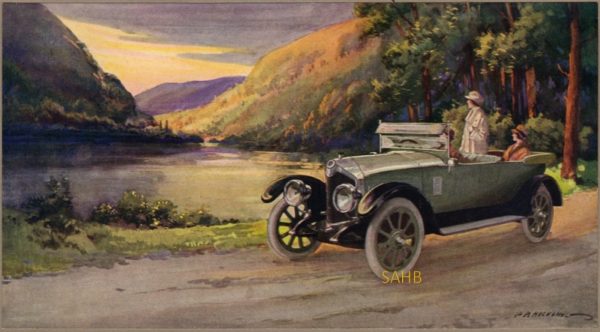
This lovely watercolour by P. B. Hickling of a Crossley 19.6 h.p. on tour, in Scotland probably, appeared in a society journal in 1923. It is a dramatic reminder of how important artists were in promoting motor cars, not just graphic artists but also oil painters and water colourists. It is also a reminder that SAHB member Tony Clark has a fine website for motoring artists at www.motoringart.info and this image already appears there from another source. Percy Bell Hickling (1876-1951) was a well-regarded animal illustrator, cartoonist, and illustrator of children’s books including in the Ladybird series. He clearly had no difficulty painting cars, no doubt helped with a photograph of the Crossley. Hickling was originally an artist producing black and white work only, including illustrating an edition of Jane Austen’s Mansfield Park. All in all Crossley did well to find Hickling.
The November 1 1921 Crossley sales brochure contained ten examples of attractive artwork, of which Hickling’s painting is but one. Others show the various body styles available on the 19.6 h.p. Crossley chassis, in addition to touring scenes much as seen here.
The 19.6 Crossley was developed during the Great War as a medium-sized (by the standards of those days) quality touring car chassis. Four cylinders (a Crossley by-word at that time), and 3705 cc, side valves and a detachable cylinder head. Much attention was devoted to easing maintenance for the owner-driver, and a good deal of Northern common-sense had gone into all aspects of the design. There was a separate four-speed gearbox, the gear-change described by one owner as being ‘like a piece of silk’, and a cone clutch. The first public appearance was at the Olympia Motor Show of November 1920, and production continued from 1921 until 1926. Latterly, four-wheel brakes were an option.
At least some thirty examples of the model remain, many in Australia, evidencing Crossley’s strong export market. There was a sports version, the 20/70 h.p., with a more adventurous camshaft, higher rear axle ratio, special valves and pistons, and – in many cases – rather dashing bodywork. Just one good original example of those survives.



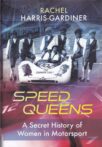
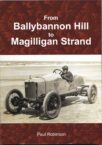
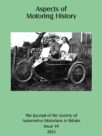
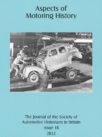
Leave a Comment